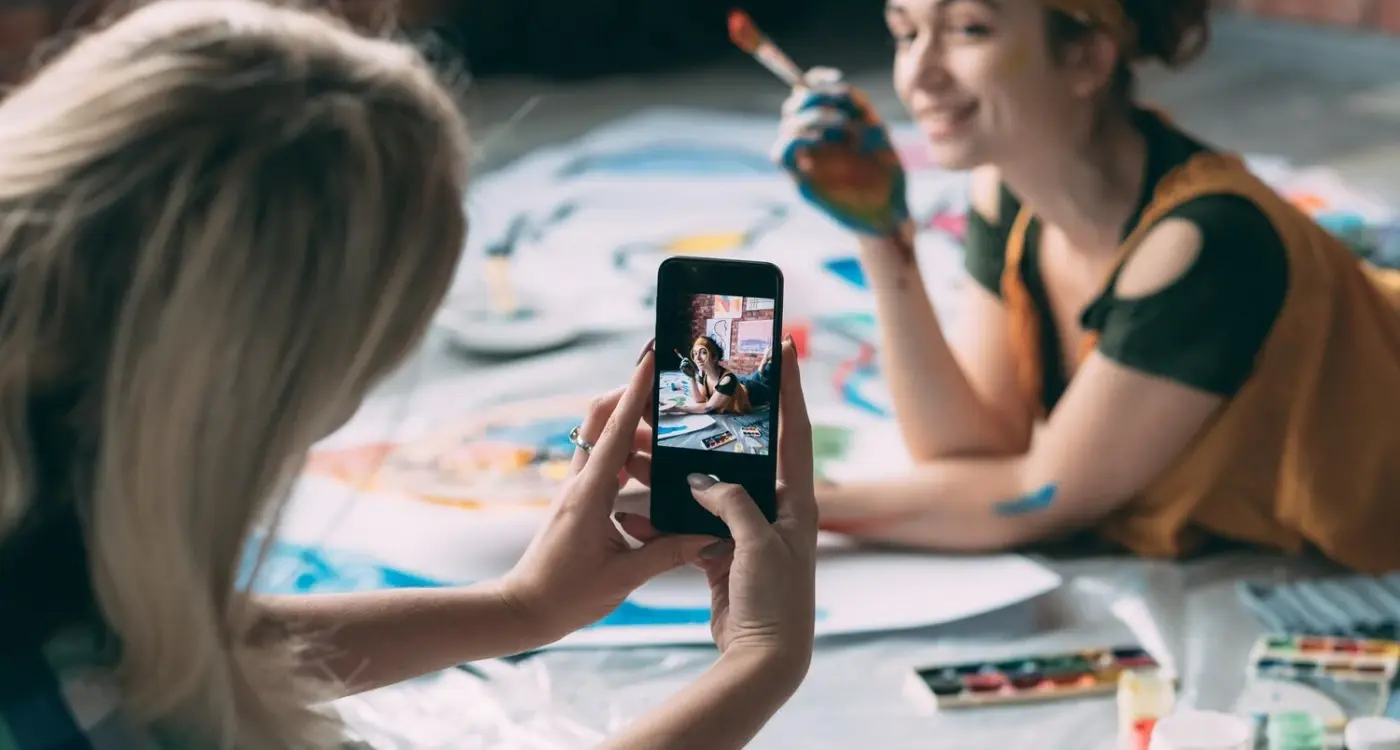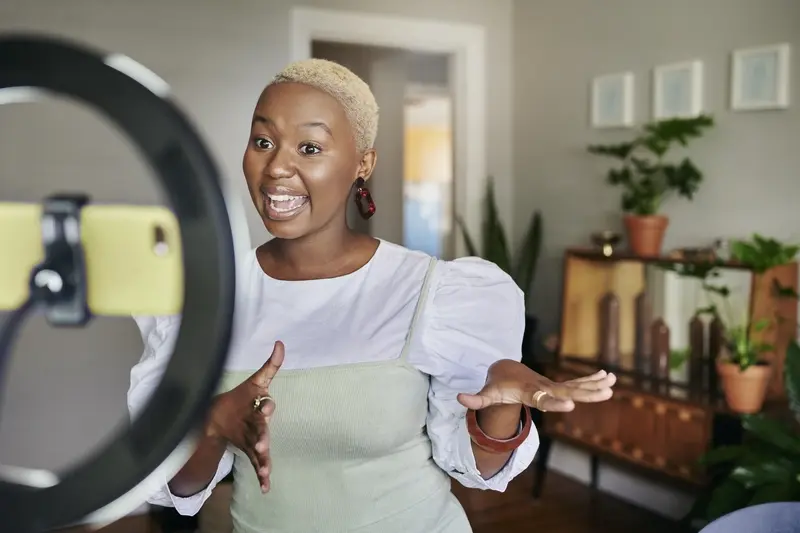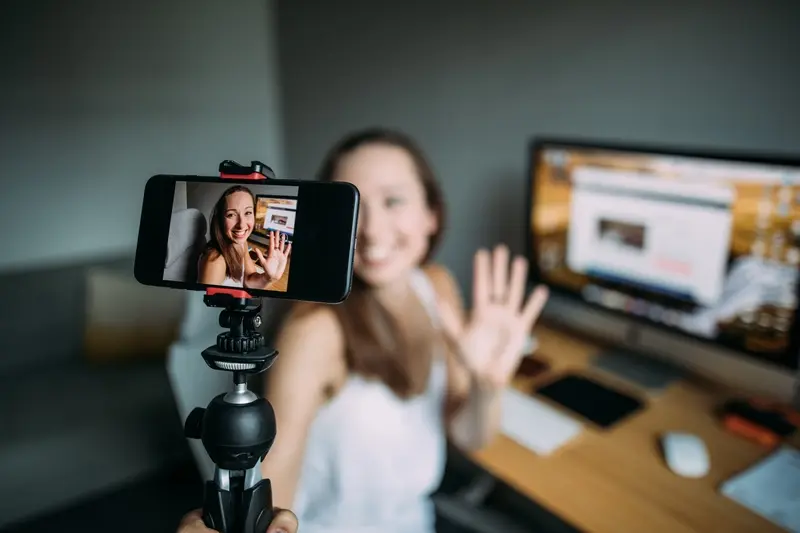How Do I Avoid Fake Influencers When Promoting My App?
The rise of influencer marketing has created a wild west situation where fake accounts and purchased followers run rampant. For mobile app developers looking to promote their latest creation, this presents a serious challenge—how do you separate the genuine content creators from the fraudsters? The stakes are high when you're investing your marketing budget, and falling victim to marketing fraud can drain resources without delivering any real users to your app.
I've watched countless app launches stumble because they trusted the wrong influencers. The problem isn't just about wasted money (though that stings plenty). When fake influencers promote your mobile app to an audience of bots and inactive accounts, you get zero genuine downloads, terrible engagement rates, and skewed analytics that make it harder to understand what actually works.
The influencer marketing industry loses billions each year to fake followers and engagement fraud, making influencer vetting more important than ever for app developers
But here's the thing—spotting fake influencers isn't rocket science once you know what to look for. The techniques fraudsters use are often surprisingly obvious when you examine them closely. From suspiciously perfect engagement rates to followers with no profile pictures, the red flags are there if you know where to look. This guide will walk you through the entire process of building a fraud-proof influencer strategy for your mobile app, from initial vetting through to maintaining long-term partnerships with authentic creators who can actually move the needle for your business.
Understanding What Makes an Influencer Fake
When I first started working with mobile app developers, the influencer marketing space was quite different—smaller, more personal, and honestly, easier to navigate. But as the industry has grown, so has the number of people trying to game the system. Today, fake influencers are everywhere, and they're getting better at hiding their true nature.
A fake influencer isn't just someone with purchased followers (though that's part of it). They're accounts that present themselves as having genuine influence over real people, when in reality, their audience is largely artificial. This could mean bought followers, engagement pods where people artificially boost each other's content, or even completely automated accounts run by bots.
The Different Types of Fake Influencers
- Bot accounts—completely automated profiles with no real person behind them
- Bought influence—real people who've purchased followers and engagement to appear more popular
- Engagement pods—groups of influencers who artificially boost each other's metrics
- Inactive audiences—influencers whose followers are real but completely disengaged
The tricky bit is that many influencers fall somewhere in the middle. They might have started genuine but bought some followers to give themselves a boost. Or they joined engagement pods without fully understanding the implications. This grey area makes it challenging to separate the wheat from the chaff.
What makes this particularly problematic for app promotion is that fake influencers can't deliver real downloads or genuine user engagement. You'll spend your marketing budget and see impressive vanity metrics—likes, comments, shares—but your actual app installs will be disappointingly low. The people seeing your content aren't real potential users; they're just numbers on a screen.
Red Flags to Watch Out For When Choosing Influencers
After years of working with mobile app clients, I've seen far too many marketing budgets wasted on fake influencers. The good news? Spotting these fraudsters isn't rocket science once you know what to look for.
The biggest red flag is explosive follower growth that doesn't make sense. Real influencers build their audience gradually over months or years—not overnight. If someone's follower count jumps by thousands in a matter of days without any viral content to explain it, that's a massive warning sign. Check their follower history using analytics tools; sudden spikes usually mean they've bought fake followers.
Engagement That Doesn't Add Up
Next, look at their comments section. Fake influencers often have comments that are generic, repetitive, or just plain weird. You'll see things like "Amazing post!" or fire emojis repeated dozens of times by accounts with no profile pictures. Real engagement includes specific questions, thoughtful responses, and conversations that actually relate to the content.
The Numbers Game
Here's something that catches many people out: influencers with hundreds of thousands of followers but only getting 50-100 likes per post. That maths simply doesn't work. Genuine influencers typically see engagement rates between 1-5% of their follower count—anything significantly below this suggests something fishy is going on.
Always request screenshots of their Instagram or TikTok analytics dashboard before agreeing to work together. Real influencers will happily share this data, whilst fake ones will make excuses or refuse entirely.
Trust your instincts. If an influencer's content feels robotic, their audience seems disengaged, or their follower growth looks suspicious, walk away. Your mobile app deserves authentic promotion, not marketing fraud disguised as influence.
Tools and Methods for Checking Influencer Authenticity
Right, let's get practical here. You need proper tools to separate the real influencers from the fake ones—and thankfully, there are quite a few options that won't break the bank. Some are free, others cost a bit, but they're all worth knowing about.
Free Detection Methods
Start with the basics first. Instagram's own analytics can tell you loads if you know what to look for. Check when their followers joined—if there's a sudden spike on specific dates, that's suspicious. Real growth happens gradually over time, not in massive jumps overnight.
Google reverse image search is brilliant for spotting stolen profile photos. Just drag their profile picture into Google Images and see if it appears elsewhere. You'd be surprised how many fake accounts use stock photos or pictures pinched from other profiles.
Professional Verification Tools
For serious vetting, you'll want proper software. Tools like HypeAuditor, Social Blade, and InfluencerDB give you detailed breakdowns of follower authenticity, engagement patterns, and audience demographics. They cost money, but they're worth every penny when you're about to spend thousands on a campaign.
These platforms analyse things like comment-to-like ratios, follower growth patterns, and audience quality scores. They can even spot bot networks and fake engagement rings that would be impossible to detect manually.
Don't forget to cross-reference data across multiple platforms. If someone claims massive influence but their numbers don't add up across different networks, that's a red flag. Real influencers have consistent presence across the social platforms that work best for app marketing and authentic engagement wherever they post content.
How to Verify Follower Quality and Engagement Rates
When you're promoting your mobile app through influencer marketing, checking follower quality is like being a detective—you need to look beyond the surface numbers. I've seen too many app developers get burned by influencers with impressive follower counts but terrible engagement rates. The math should be simple: more followers equals more potential app downloads, right? Wrong.
Start by examining the engagement rate, which is the percentage of followers who actually interact with posts. A healthy engagement rate sits between 1-3% for most platforms and directly impacts which content types will drive the most downloads. If someone has 100,000 followers but only gets 50 likes per post, that's a red flag. Real followers comment, share, and react—they don't just exist as numbers.
Spotting Fake Followers
Look at the follower list directly. Fake accounts often have generic usernames, no profile pictures, or very few posts. They might follow thousands of accounts but have no followers themselves. Real followers have personalities, post regularly, and engage with multiple accounts.
The quality of an influencer's audience matters far more than the quantity when it comes to mobile app marketing success
Engagement Pattern Analysis
Study when engagement happens. Genuine engagement builds up gradually over time after a post goes live. If an influencer gets 500 likes within the first minute of posting, that screams bot activity. Real people don't all check social media at exactly the same time. Comments should feel natural too—avoid influencers whose followers only leave generic responses like "nice" or emoji spam. This kind of influencer vetting protects you from marketing fraud and ensures your mobile app reaches genuine potential users who might actually download and use it.
Building Relationships with Genuine Influencers
Once you've learned how to spot the real deal, the next step is actually building relationships with genuine influencers. This isn't about sending a quick DM and hoping for the best—it's about creating partnerships that work for both sides.
Start by engaging with their content naturally. Comment on their posts, share their content when it makes sense, and show genuine interest in what they're doing. This takes time, but it's worth it. When you do reach out, they'll already know who you are.
Making the First Move
When you're ready to make contact, be honest about what you want and what you can offer. Don't try to trick them into thinking you're just being friendly when you actually want something. Genuine influencers can spot this from miles away—they get dozens of these messages every day.
Be clear about your app, why you think their audience would like it, and what kind of partnership you're looking for. Are you offering payment? Free access to premium features? Or just hoping they'll love your app enough to share it? Whatever it is, put it all on the table from the start.
Building Long-term Partnerships
The best influencer relationships aren't one-off posts—they're ongoing partnerships. Think about how you can work together over months or even years. Maybe they could give feedback during development, become beta testers, or help with major updates.
Keep in touch even when you're not actively promoting something. Check in on their projects, congratulate them on milestones, and maintain that human connection. This approach takes more effort than firing off mass emails, but the results speak for themselves.
Creating a Safe Influencer Marketing Strategy for Your Mobile App
Building a proper influencer marketing strategy isn't just about finding people with lots of followers—it's about creating a system that protects your mobile app from marketing fraud whilst getting real results. After working with countless app developers over the years, I've seen too many campaigns fail because there wasn't a solid plan in place from the start.
The foundation of any safe strategy starts with setting clear rules for influencer vetting before you even begin your search. You need to decide what your minimum engagement rate will be, how you'll check for fake followers, and what red flags will automatically disqualify someone. Write these down and stick to them, no matter how tempting a particular influencer might seem.
Building Your Safety Checklist
Every influencer you consider should pass through the same screening process. This means checking their audience authenticity, reviewing their past brand partnerships, and making sure their content aligns with your app's values. Don't skip steps just because someone seems perfect on the surface—their content strategy must align with your promotional goals.
Always start with micro-influencers when testing your strategy—they're cheaper, often more genuine, and you can afford to make mistakes whilst you're learning what works.
- Set a minimum budget for proper vetting tools
- Create contracts that include fraud protection clauses
- Plan for ongoing monitoring during campaigns
- Build relationships with verified influencers for future campaigns
- Track which vetting methods give you the best results
The key is treating influencer marketing like any other business investment—with proper research, clear expectations, and built-in safeguards. Your mobile app deserves genuine promotion from real people who will actually influence their audiences to download and use it.
Conclusion
After working with countless app developers over the years, I can tell you that avoiding fake influencers isn't just about protecting your budget—it's about protecting your app's reputation. One bad partnership with a fraudulent influencer can damage your brand's credibility faster than you might expect.
The good news is that spotting fake influencers has become much easier once you know what to look for. Those red flags we covered—sudden follower spikes, generic comments, mismatched audience demographics—they're like warning signs that something isn't quite right. Trust your instincts when the numbers don't add up or when engagement feels forced and unnatural.
Using the right tools makes all the difference too. Free platforms like Social Blade give you basic insights, whilst paid tools like HypeAuditor provide deeper analysis of follower quality and engagement patterns. Don't skip this step—a few minutes of research can save you thousands of pounds and weeks of wasted effort on your app launch.
Building genuine relationships with real influencers takes more time upfront, but the results speak for themselves. When someone actually uses and loves your app, their audience can tell. That authenticity translates into better conversion rates and more loyal users for your mobile app.
Your influencer marketing strategy should always prioritise quality over quantity. A single micro-influencer with engaged, genuine followers will deliver better results than ten fake accounts with inflated numbers. Start small, test carefully, and scale up with partners who truly align with your app's values and target audience.
Share this
Subscribe To Our Learning Centre
You May Also Like
These Related Guides

How Do I Get Influencers to Talk About My App?

What's The Best Way To Find Micro-Influencers For App Promotion?



